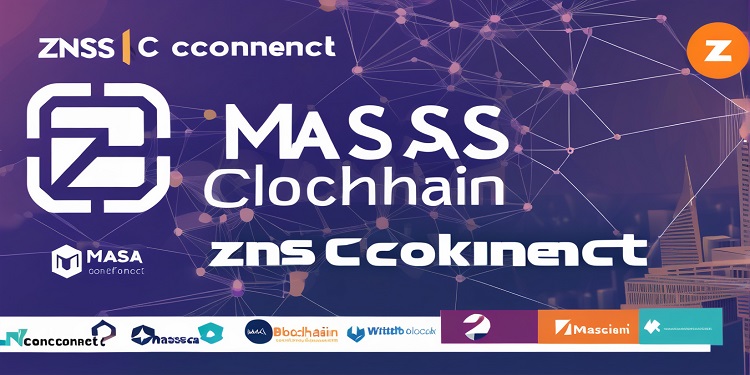Switzerland’s UBS, which oversees assets exceeding $5.7 trillion, has initiated blockchain testing to enhance digital gold investments. The financial institution recently concluded a proof-of-concept for its UBS Key4 Gold investment product on ZKsync Validium, an Ethereum Layer-2 (L2) network. This move is part of a broader effort to integrate blockchain into traditional financial structures.
ZKsync Validium has been identified as a suitable solution for scalability, security, and privacy, making it appealing to retail investors. The blockchain technology is designed to facilitate higher transaction speeds while ensuring data integrity, contributing to a seamless investment experience.
Previously, UBS Key4 Gold operated through the UBS Gold Network, a permissioned blockchain that connected vaults, liquidity providers, and distributors. The recent transition to ZKsync Validium introduces off-chain data storage, which enhances transaction efficiency and strengthens privacy protection.
Strengthening Blockchain Integration in Finance
The blockchain initiative follows UBS’s introduction of a tokenized fund on Ethereum in November 2024. The fund aimed to incorporate Ether (ETH) within conventional financial mechanisms. The adoption of ZKsync Validium aligns with a growing trend of blockchain integration within financial services, showcasing UBS’s commitment to technological innovation.
The application of zero-knowledge proofs (ZK-proofs) within ZKsync technology allows transactions to be conducted with greater security and efficiency, reducing congestion on Ethereum’s primary network. Additionally, interoperability features help financial institutions incorporate blockchain technology into existing operational frameworks.
The strategic roadmap of ZKsync for 2025 includes efforts to achieve a transaction processing speed of 10,000 transactions per second (TPS) while minimizing associated costs. The project intends to lower transaction fees to approximately $0.0001, potentially improving the cost-effectiveness of blockchain-based payments.
Enhancing Adoption and Privacy in Digital Gold Trading
The ability to efficiently process Ethereum-native ERC-20 tokens at high speeds may encourage wider adoption by financial institutions. Reduced transaction costs and faster processing times could facilitate the broader usability of blockchain solutions in digital gold trading and other financial applications.
Privacy has remained a central concern for institutions considering blockchain adoption. Industry leaders have highlighted that transparency remains a barrier for many firms, as it differs from the privacy-focused environment they are accustomed to in traditional financial systems. Enhancing privacy mechanisms could significantly expand institutional participation in blockchain applications.
Confidential computing technologies, including fully homomorphic encryption, have been recognized as potential solutions for securing transaction data without compromising transparency. Continued advancements in these technologies could lead to substantial capital inflows into the crypto market, potentially surpassing an additional $1 trillion in investments.
UBS, in collaboration with ZKsync, continues to explore the possibilities of blockchain in financial services, emphasizing scalability, privacy, and institutional integration. The ongoing developments indicate a strong push toward mainstream blockchain adoption in digital asset management.









